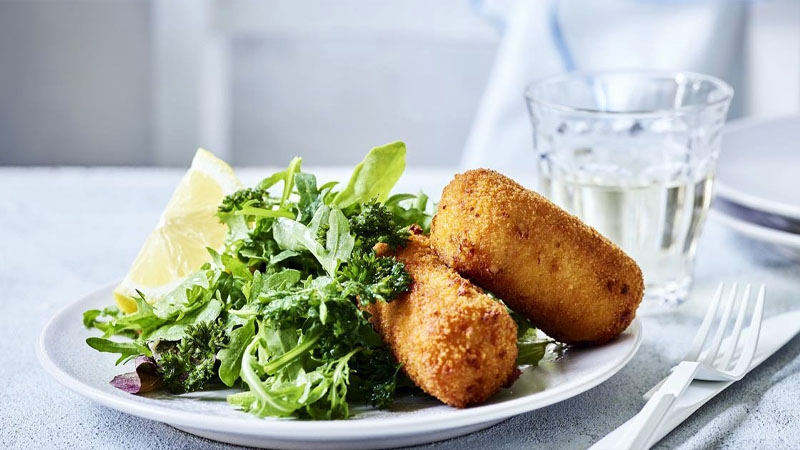Exclusive content

The beloved shrimp croquette, an iconic dish that has graced the menus across the Netherlands for decades, is facing an uncertain future. Similarly, the once-popular shrimp cocktail sandwich has become a luxury item, with prices soaring to as much as EUR 8.50 due to a shortage of Dutch shrimp.
The Legacy of Dutch Shrimp Delicacies
Half a century ago, pastry chef Cees Holtkamp introduced the renowned shrimp croquettes to Amsterdam’s culinary scene. Today, these delicacies are synonymous with Dutch gastronomy, predominantly crafted in the croquettery of Holtkamp Horeca. However, maintaining this culinary tradition has become increasingly challenging.
The shortage of Dutch shrimp, essential for crafting these croquettes, poses a significant threat to production. Despite requiring 800 kilos of shrimp weekly, establishments like Holtkamp Horeca are struggling to secure even a fraction of this quantity. Director Marc de Visser laments the unprecedented situation, stating, “We supplement it with the stock from the freezer. Hopefully, the stock will be replenished in time so that we do not get to the point where we can no longer make a croquette. We have never experienced this situation before.”
Plummeting Shrimp Catch
The Dutch shrimp industry is grappling with a drastic decline in catch volume. In just two years, from 2021 to 2023, shrimp landings plummeted from over 10,000 tons to a mere 4,000 tons. The reasons behind this sharp decrease remain ambiguous, sparking varied speculations within the fishing community.
Fisherman Dirk Kraak attributes part of the decline to seasonal fluctuations but suspects deeper underlying factors. He suggests that increased presence of predatory fish, such as whiting, and alterations in sea currents due to the construction of wind turbine parks could be disrupting shrimp habitats and food sources. Moreover, the transition of some fishermen to shrimp fishing following bans on pulse fishing for sole and plaice has intensified pressure on shrimp stocks.
Environmental Implications of Shrimp Scarcity
The exorbitant prices of Dutch shrimp not only threaten culinary traditions but also raise concerns about environmental sustainability. Wouter van der Heij, deputy director of the Wadden Association, highlights the adverse effects of inflated shrimp prices on marine ecosystems. He warns against the perverse incentives created by high prices, leading fishermen to intensify their efforts and causing increased seabed disturbance and bycatch mortality.
While fishermen emphasize their commitment to environmental stewardship, debates persist regarding the ecological impact of shrimp harvesting practices. Stringent regulations, including compliance with MSC sustainability rules and the adoption of environmentally-friendly technologies, aim to mitigate these concerns. Nevertheless, striking a balance between economic viability and environmental responsibility remains a pressing challenge for the Dutch fishing industry.
Amidst these challenges, Dutch consumers may find solace in the continued availability of fresh Dutch shrimp in most supermarkets, albeit at higher prices. However, with costs reaching EUR 69.90 per kilo at some outlets—an increase of EUR 10 from the previous year—shrimp aficionados may need to brace themselves for further adjustments in their culinary indulgences.